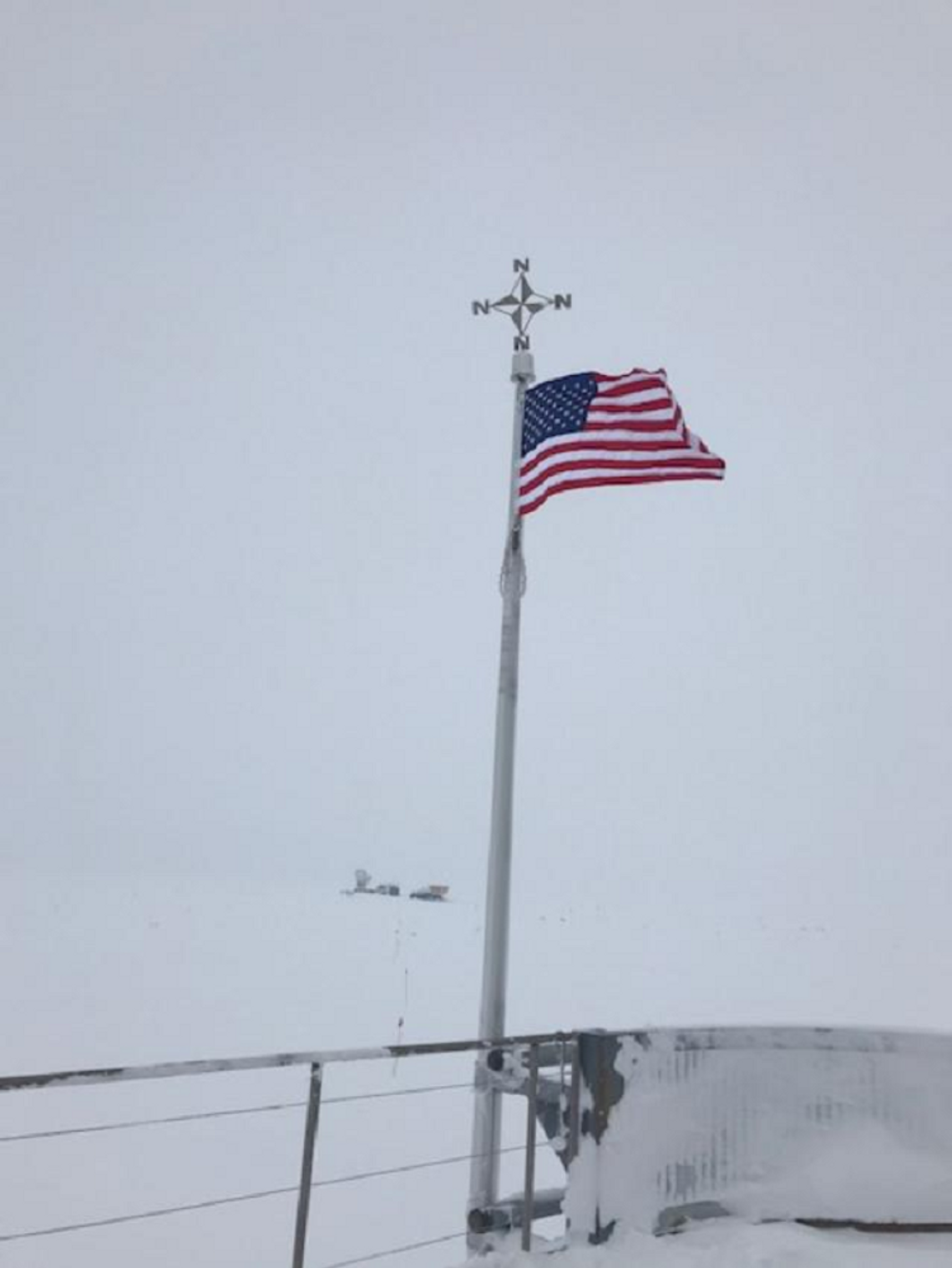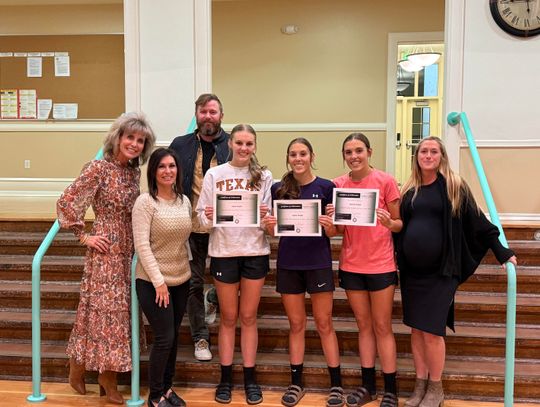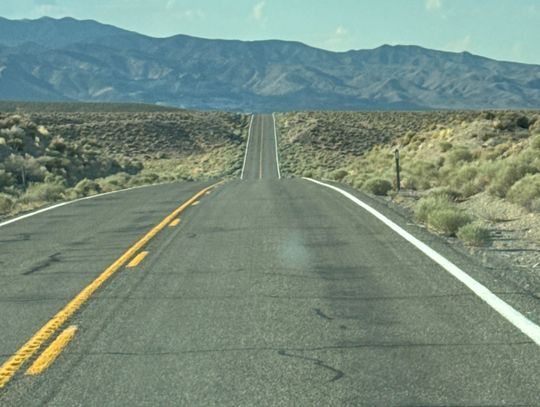In 2017, I was attending a meeting for current and former Special Forces medics (18D) in Charlotte, North Carolina. It is an annual forum that is part medical conference, part hands-on training, and exhibitions of medical-related products. I had been an SF medic for years and attended this conference when I could, and when I had the time and money. That year I was walking down the many aisles of vendors and came across an exhibit presented by the University of Texas Medical Branch (UTMB), showing opportunities to work at the South Pole. Naturally, I filled out the application without giving much more thought to it other than it would be an interesting job.
A few months passed and I had forgotten about signing up until I got the notice that UTMB wanted to interview me. This was really a psychological profile to determine compatibility. There was a history of people going to the research station at the South Pole and becoming violent due to the severe isolation that is part of living at the bottom of the earth. Small spaces with the same people, day in and day out, have a way of bringing out the demons. Apparently, after my psychological profile was analyzed by some, I received a call asking me to clarify a point made during the interview. What did I mean about seeing dead people? I work in an emergency department. That answered their concerns.
The program instituted team building as part of their effort to weed out who could work together and who might be a problem. I hate team-building but kept my mouth shut, participated, and got through without being sent home. One or two did not fare as well. There were a few exercises that included using handy-talkies (radios) and since I had years of communication experience, ended up taking the lead on giving directions during scenarios that involved rescue. It seemed to work toward my advantage.
The flight to the South Pole involved flying to Auckland, getting processed through customs, then assigned to a hotel. Orientation was given at the Center for Polar Operations. As in many government-funded operations, the National Science Foundation is the lead organization with several governmental and non-governmental entities involved in the operations and maintenance of the facilities at McMurdo Bay and at the Amundsen-Scott station (ASC) - literally at the geographic South Pole.
The flight was in a C-130 from Auckland to McMurdo, and then to the ice landing strip outside of the ASC building at the South Pole.
The experience of living at the South Pole for nine months during the winter-over season is unique. Once the sun goes down for half the year, there are no further flights in or out. The weather can be extremely cold with an average temp of -60, falling as low as -146 with a chill factor. The building is like a ship at sea except the only motion is the wind, and a gradual creeping with the shifting ice at a rate of 33 meters a year. It is a billion-dollar structure and requires millions of dollars of upkeep, maintenance, wages, supplies, and construction.
The station is operated by experienced Americans contracted to perform the duty of administering the operation of the project. There are subcontractors who perform other duties, cooking, cleaning, mechanical, heavy machinery operators, and scientists. There are universities involved in running experimentation on-air, measurements of molecular particles and detection, telescopes looking at or for the big bang, and a multitude of science-related projects.
While it is prestigious for universities and NGOs to operate at the AMS, it falls under the umbrella of the National Science Foundation (NSF) to hire, contract, and coordinate this endeavor. It is a harsh and unforgiving environment in which to work. Wind, snow, ice, and temperature combine to destroy buildings, machinery, and people.
Standing in the dining facility, looking out on the endless span of snow and ice and wind, a person can stare out the windows looking at the hundreds and thousands of miles of stark white plains of emptiness looking for some unusual change in the foreverness. Maybe I was thinking at the time, I was as far away from people as one can possibly get on earth. Who knows what thoughts pervade the mind, staring out into the void?
My job was to be the medical provider. To take care of any illness or injury that may occur. Not everyone was young and without health issues. Many older adults come with their assorted issues, blood pressure, type two diabetes, and many other problems. Since the staff was both female and male, the inevitable love affairs crop up and the heartbreaks ensue. Mending broken hearts is not my forte but I did what I could. If someone were to need a medevac, the evacuation would be two weeks or longer depending on the weather. Therefore, any acute surgeries would have to be done at the facility. And that did happen.
There are people who come back year after year. One fellow had done 14 to 15 cycles. Some cannot make a cycle due to various reasons. Most, the isolation gets to them. Internet is sparse and not reliable. Phones are satellite and therefore limited in usage. DVDs are plentiful and the library full. There was alcohol allowed but that runs into problems as well. Fights have and do occur but by and large people get along, do their job, and everyone goes home in good spirits and better for the experience.
Since the station opened in the late 1950s, I was the 1,651 person to rotate through. The station itself was completely rebuilt and the old station is buried under ice. This station will eventually need to be abandoned and rebuilt as well. America will never give up the geographic position we enjoy there now. There are competitors and hopefully, we will not be forced from our position. It is expensive and it is worth it.
Brent has always done those things that are different, difficult, and dangerous. That was his life’s theme – up until he broke his pelvis in a parachuting accident in Cambodia. Since then, he has gotten older, a little wiser, and slightly more careful. Brent comes to us as one of the newest members of our medical community, one of three practitioners at Great Basin Urgent Care.









Comment
Comments